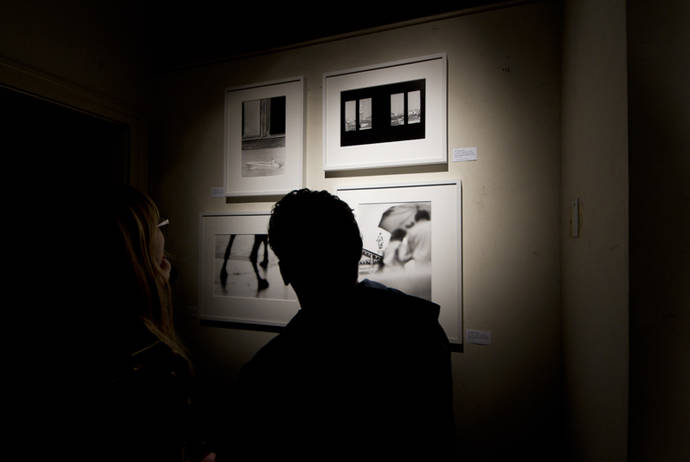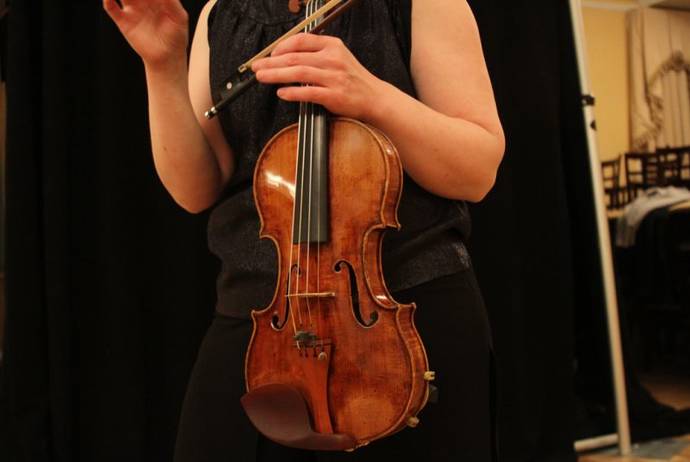MoMa Museum is hosting a small but extremely interesting monographic exposition on the work of Diego Rivera bringing to New York a considerable amount of pieces of the artists. It is quite of a challenge to bring murals in the exposition rooms of the MoMa Museum but those are pieces of a series of “Portable Murals” that Diego realized in 1931 with large blocks of frescoed plaster, slaked lime, and wood. Those works have been sponsored by the Museum of Modern Art in 1931 inviting Rivera and his assistants to New York, six weeks before the beginning of his solo exhibition, in order to realize them. The exposition will be on from November 13, 2011 till May 14, 2012.
The exhibition is placed on the second floor of the museum and it occupies 4 medium size rooms offering a perfect showcase for such an uncommon type of art: Frescos. Considering the exceptionality of the medium, the exhibition is not only focused on the actual pieces but it also displays a series of additional materials such as pictures, illustrations, and also the sketches 1:1 of the frescos on paper that Diego Rivera used in order to have a better idea of how the frescos were going to be in the final stage of their realization.
The exposition offers a very interesting opportunity to see the creative process used by Diego Rivera in order to achieve its goals but also to have some hints on the painting techniques that he used; in fact on a wall of the exposition a full size x-ray of the fresco Agrarian Leader Zapata is displayed. It displays how Rivera modernized this technique making it portable, painting the frescos over a metal armature composed with horizontal and diagonal bars casted in a steel frame and over multiple layers of cement and fresco mortar. The structure is sturdy enough to make the fresco relatively portable. One limitation tough is the size, which is relatively small but the frescos are big enough to give an idea of the impressive Diego’s styles.
The fresco’s technique has been developed in Italy during the renaissance period and even before. One of the main purposes of this technique is not only to decorate the interiors of buildings such as churches and to tell stories in a form that could be understood by a wide audience, which in that period was mainly illiterate. Diego Rivera, spent a long time in Italy studying the different frescos techniques but also looking at how they have been used in the transmission of culture and values and actualizing them to the themes and issues of his contemporaries.
In fact Diego Rivera was renown for being a prominent member of the Mexican Communist part. His frescos, as it happened in the renaissance in Italy - mainly with religious themes - were able to tell the story of the struggle of the class fight in the context of mexican politics and to create and to strengthen class identity. His big popularity and the fame reached by his public persona tough, conflicted with his claimed beliefs in the communist ideals that costed him the expulsion from the party in 1929. Notwithstanding the lack of formal recognition by the communist party, his figure had always been considered a milestone of the mexican and global fight for a righteous society.
In conclusion the MoMa exposition on Diego Rivera is an excellent occasion to get acquainted with his work, but this can only be the beginning of a long journey through the work of a great artist that unfortunately, but this is also his great strength, is strongly bound to the places where the frescos are installed.
Links:
Website of monographic exposition of Diego Rivera
Interesting pubblication on Diego Rivera
Video on portable frescos


































